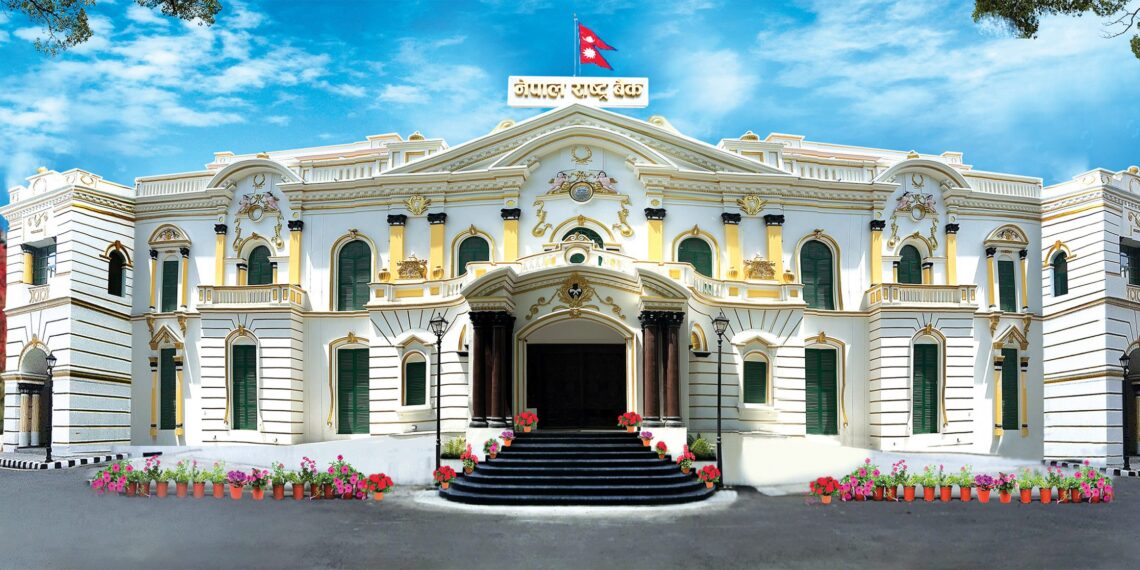Nepal Rastra Bank (NRB) has announced a new monetary policy for the fiscal year 2025/26. The central bank has prioritised capital investment by reducing the policy rate from 6.5 per cent to 6 per cent and the deposit facility rate from 3 per cent to 2.75 per cent, while maintaining the standing liquidity facility rate at 6 per cent. These measures were taken to reduce interest rates and encourage investments.
The new policy has notably eased credit provisions. The maximum loan limit for residential housing has been increased from 20 million rupees (approx. USD 145,881) to 30 million rupees (approx. USD 218,822). Similarly, the margin lending limit per customer has been raised from 150 million rupees (approx. USD 1.09 million) to 250 million rupees (approx. USD 1.82 million). For hotels and restaurants with food hygiene certification, loans of up to 30 million rupees (approx. USD 218,822) will be counted under SME lending and charged a maximum premium of 2 per cent above the base rate.
Banks can now issue up to 1 million rupees (approx. USD 7,294) in loans for agricultural and business purposes without requiring collateral, based on internal evaluation.
NRB has also announced facilitating the establishment of asset management companies (AMCs) to manage rising non-performing loans (NPLs) and non-banking assets. An important aspect of the new monetary policy is the commitment towards credit scoring-based lending.
The inflation target has been set at around 5 per cent, and the broad money supply and private sector credit are projected to grow by 13 per cent and 12 per cent, respectively. The central bank also seeks to maintain foreign exchange reserves sufficient to cover at least seven months of imports.
The central bank, through the new monetary policy, aims to assist the government in achieving its target of 6 per cent economic growth while enhancing price stability, foreign exchange stability, and overall financial sector resilience.





